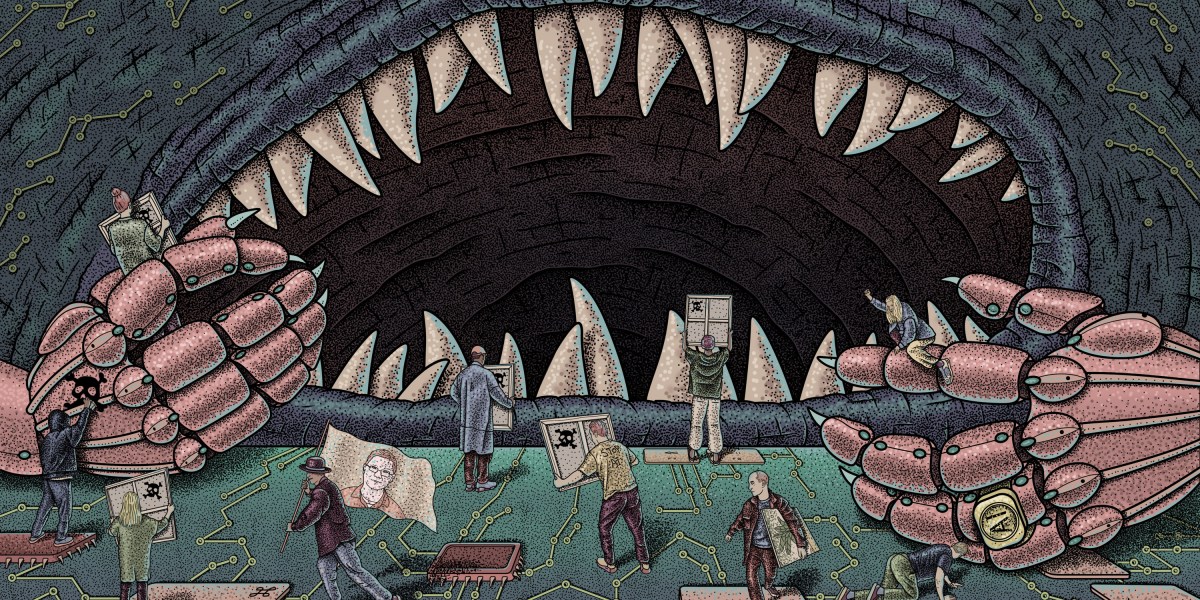Back in 2022, the tech community was buzzing over image-generating AI models, such as Midjourney, Stable Diffusion, and OpenAI’s DALL-E 2, which could follow simple word prompts to depict fantasylands or whimsical chairs made of avocados.
But artists saw this technological wonder as a new kind of theft. They felt the models were effectively stealing and replacing their work.
Ben Zhao, a computer security researcher at the University of Chicago, was listening. He and his colleagues have built arguably the most prominent weapons in an artist’s arsenal against nonconsensual AI scraping: two tools called Glaze and Nightshade that add barely perceptible perturbations to an image’s pixels so that machine-learning models cannot read them properly.
But Zhao sees the tools as part of a battle to slowly tilt the balance of power from large corporations back to individual creators. Read the full story.
—Melissa Heikkilä
Have we entered the golden age of plant engineering?
In the 1960s, biologists’ selective breeding of plants helped spark a period of transformative agricultural innovation known as the Green Revolution. By the 1990s, the yields of wheat and rice had doubled worldwide, staving off bouts of recurring famine.
The Green Revolution was so successful that dire predictions of worse famine to come—fueled by alarming population growth—no longer seemed likely. But it had its limits—only so much yield could be coaxed from plants using conventional breeding techniques.




